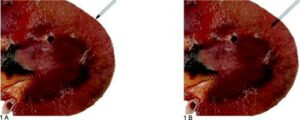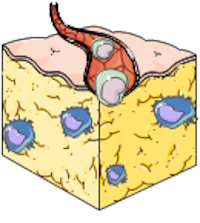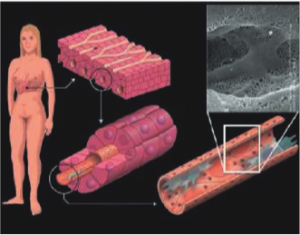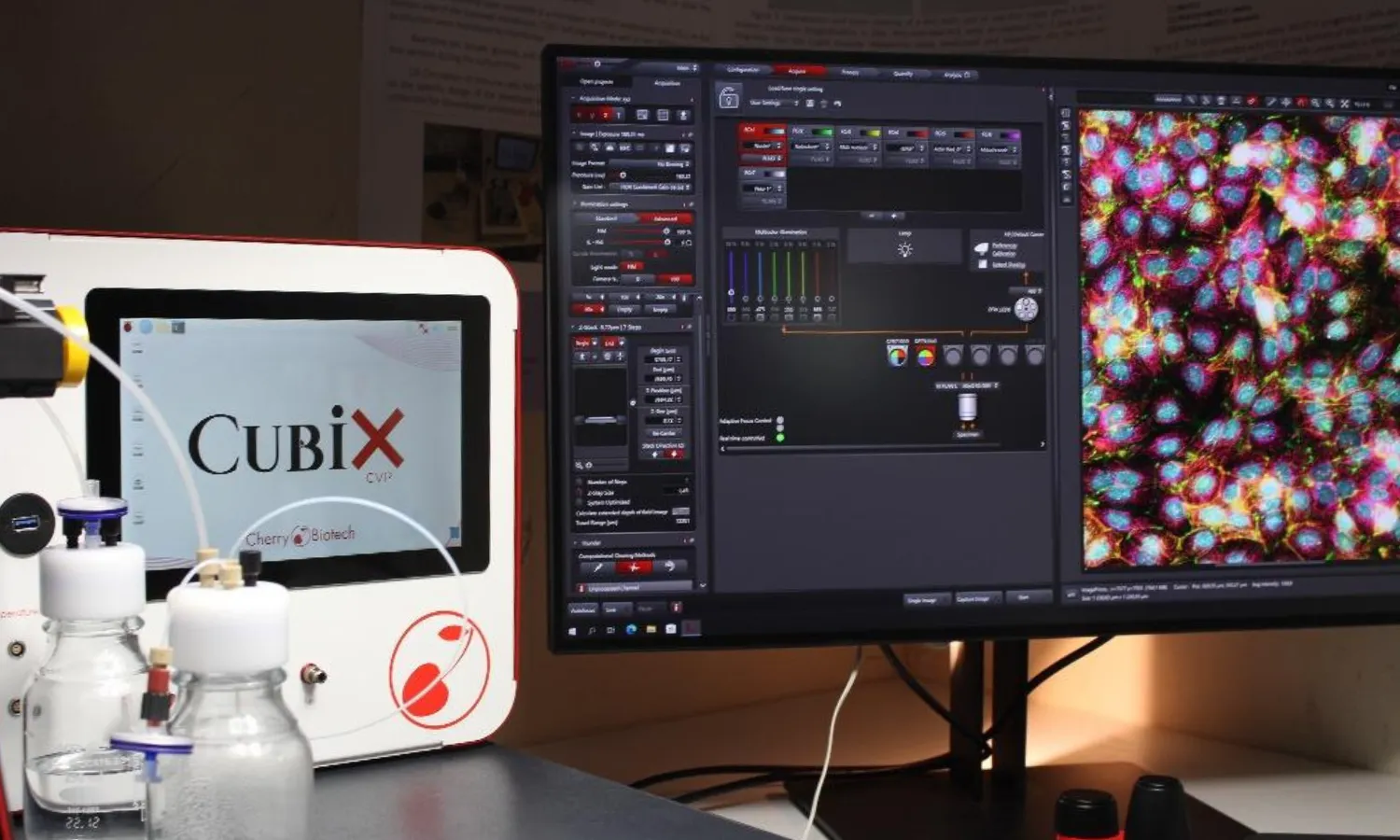Spheroids, as a good universal organ model ?
Recent advances in bioengineering of cells, tissue coupled with the newly identified need of more physiologically relevant model in science (drug development, fundamental research…) have to lead to the development of new cellular culture processes and models.
One of the most used are the so-called spheroids. Whereas spheroids represent a step forward to a more physiologically relevant model compared to monolayer cell cultures, researchers are now questioning the relevance of using spheroids.
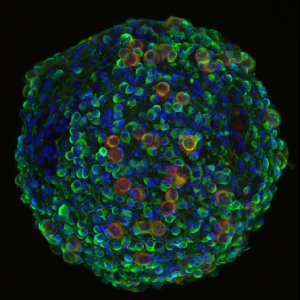
How to culture vascularized & immunocompetent 3D models in a standard Multiwell
Are spheroids recapitulating basic physiology of human organs ?
They particularly try to more precisely define what would be the best use and contribution of such a model. Since there are mainly 2 types of spheroids (depending on the way to produce them): agglomerates and “hollow spheroids” (containing a vacuole in the middle), questions relative to their specific usages and relevance are legitimate.
Up to now, spheroids are mainly used in two fields: cancer research (tumorigenicity, drug delivery inside a tumor…) and drug development on healthy tissue.
At a first glance, studying a 3D model might be interesting as we know that architecture plays a crucial role in organs and tumor.
– In a tumor, the cellular growth is concentric resulting in most of the cases to the formation of an aggregate-like structure. In this particular context, spheroids appear to be a highly relevant model since they allow the reconstruction of the tumor physical, mechanical and cellular environment. This is particularly true when cells came from cancer cell lines of cancer biopsy.
– Using “hollow spheroids” to study organs containing acini, like breast, kidney or pancreas might be of interest, but they need to first prove their ability to properly develop a cellular polarity, in order to mimicry the physiology.
– The usage of spheroids (in general) to study healthy tissue is still in a debate since for most of the human organs the functional unit (lobule in the liver, alveoli in lung…) cannot be obtained using such experimental model both in term of complexity, architecture, and functionality.
To conclude, spheroids represent an important advance in biology and medicine, but the physiological relevance of that model need to be addressed prior to establishing an experimental plan. For each question be sure to always use the most suitable model. We posted a longer note related on ” spheroids & physiology of human organs“.
References
More spheroids scientific content and publication here
FAQ
Recent progress in bioengineering created a need for new cellular culture models. Spheroids were developed to provide a model that better represents physiology compared to traditional monolayer cell cultures. These 3D structures are now widely used. Researchers are now questioning the specific applicability of spheroids. There are two main categories of spheroid: agglomerates and "hollow spheroids." The hollow versions contain a vacuole in the middle. The existence of these different types means their specific uses and relevance must be defined. Spheroids are generally applied in cancer research and for testing drug effects on healthy tissue.
Spheroids are frequently used in cancer research. Studying 3D models is considered beneficial because architecture plays a central part in how organs and tumours function. In a tumour, cellular growth is concentric, often resulting in an aggregate-like structure. Spheroids are seen as a suitable model in this specific context. They allow for the reconstruction of the physical, mechanical, and cellular environment of the tumour. This is noted when the cells originate from established cancer cell lines or from patient biopsies. Specific fields of study include tumorigenicity, which is the ability to form tumours. They are also used for research into how drugs are delivered within a solid tumour mass, which can be difficult to penetrate. The 3D nature of the spheroid provides a better test for drug efficacy in this application than a 2D culture.
The use of spheroids to study healthy tissue is still under debate. For certain organs, specific spheroid types may be applicable. For example, "hollow spheroids" could be used to study organs containing acini, such as the breast, kidney, or pancreas. This application is dependent on the models first showing an ability to properly develop cellular polarity, which is a feature of such tissues. This polarity is required to replicate the organ’s physiology correctly. For most other human organs, the main functional unit (like the liver lobule or the lung alveoli) cannot be reproduced using a spheroid model. The limitations are found in the model’s structure, architecture, and overall functionality when compared to a real organ. This means their use for healthy tissue studies requires careful consideration.
Spheroids represent a clear advance in biology and medicine. Before an experimental plan is established, the physiological relevance of the spheroid model must be addressed. Researchers are encouraged to first define what the best use and contribution of such a model would be for their specific study. This is true for both agglomerate and "hollow" spheroid types, as their applications may differ. For any scientific question, care should be taken to ensure the most suitable model is selected. The relevance of the model must be confirmed prior to beginning the experiment.

